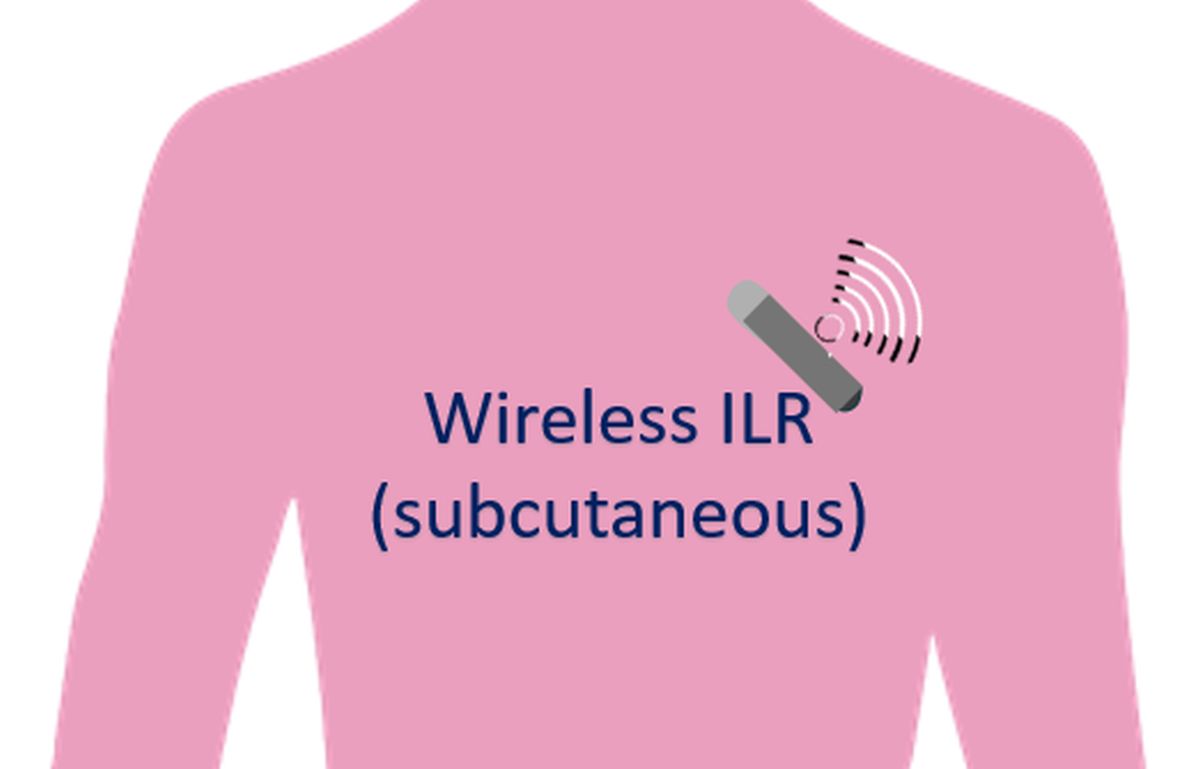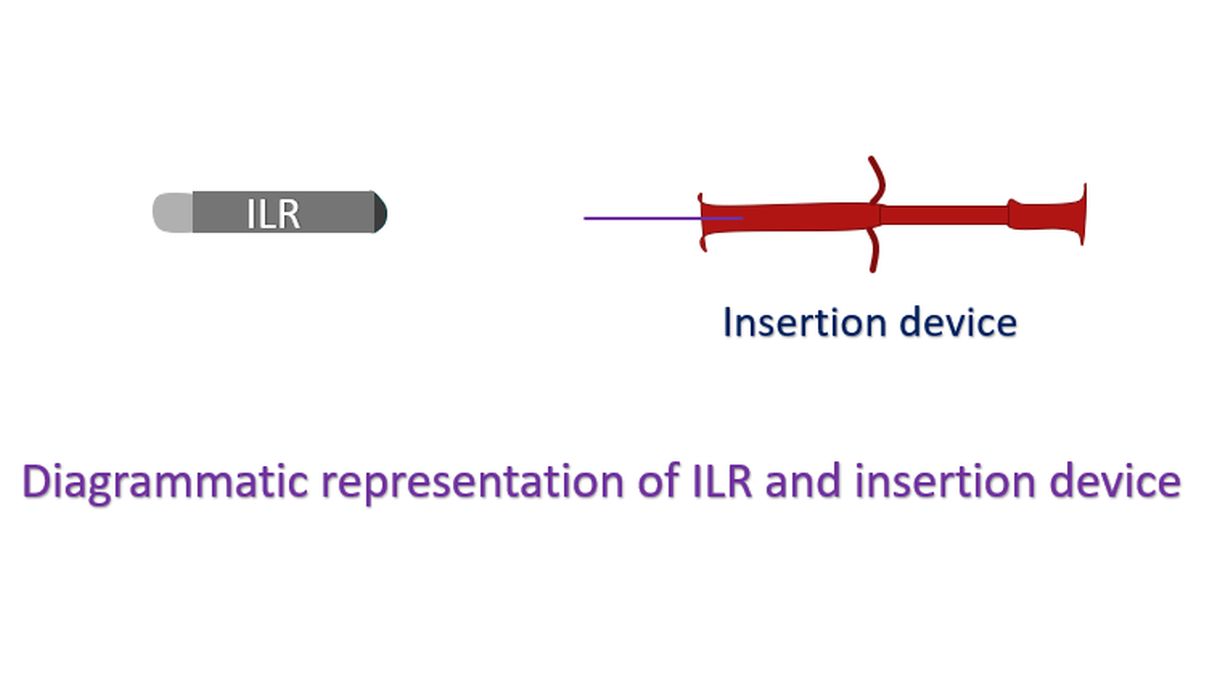Implantable loop recorder
Implantable loop recorder
Implantable loop recorders (ILR) are small devices which can be implanted subcutaneously and monitor the heart rhythm for about three years. They are useful in the evaluation of arrhythmias which are not picked by Holter monitors or conventional external loop recorders. Recurrent syncope and suspected paroxysmal atrial fibrillation are two important reasons for implanting a loop recorder. It has been used in the evaluation of a cryptogenic stroke to detect silent atrial fibrillation. Assessment of success of catheter ablation procedures for atrial fibrillation is another reasonable indication for using an ILR.

Implantable loop recorders have also been called insertable cardiac monitors and subcutaneous cardiac rhythm monitors [1]. Due to availability of smaller size devices which can be implanted using an injection like procedure, that variant has also been called injectable loop recorders. Though initially the procedure was done in the electrophysiology laboratory, the injectable loop recorder can be inserted in any monitored area with aseptic precautions, under antibiotic cover. Procedure costs can be reduced significantly by implantation at the bedside, with comparable low overall complication rates of 2.6% [2].

Insertable implantable loop recorders are magnetic resonance (MR) imaging conditional and have a battery life ranging from 2-4 years. Remote transmissions are done either by radiofrequency based bedside monitors or low energy Bluetooth based wireless communication using patient’s smartphone [1]. Overall size of the insertable devices are about one to two cubic centimeters.
Implantable loop recorders monitor the rhythm continuously and store required parts in the permanent retrievable memory. Storing can be done either automatically by the preset algorithm or activated by the subject using a hand held activator. Automatic transmission to the monitoring centre is available, to avoid clogging of the device memory with information. This is useful because old stored information gets erased when new information is stored, so that important older events may be missed in long term monitoring otherwise.
Remote monitoring with alert notification allows early detection of significant events. Just like the alerts in intensive care monitoring, false activation of automatic detection algorithms are common, resulting in inappropriate remote transmission and unnecessary use of physician time for evaluation. In one report, 91.8% of episodes evaluated on remote monitoring were due to false triggering of automatic detection algorithm of the device. 96.8% of these were due to undersensing of the QRS complex by the implantable loop recorder. This report highlights the importance of achieving good amplitude QRS signals at implant [3].
New and evolving indications for the use of an implantable loop recorder are in patients at high risk of arrhythmias like those with sleep apnea, on hemodialysis or with history of cardiac surgeries, especially mitral valve surgeries [1]. ILR devices are available from at least three manufacturers.
Enhanced algorithm with 49% reduction of inappropriately detected episodes of atrial fibrillation has been described [4]. They reported less than 1% loss of true episodes or duration with this enhanced algorithm. The algorithm correctly identified 98.9% of total atrial fibrillation duration and 99.8% of total sinus or non-atrial fibrillation rhythm duration. That device is claimed to have a battery life of 4.5 years [1]. Various guidelines give Class I to Class IIa indication for the implantation of an ILR.
References
- Aggarwal G, Aggarwal S, Alla V, Narasimhan B, Ryu K, Jeffery C, Lakkireddy D. Subcutaneouscardiac Rhythm Monitors: A Comprehensive Review. J Atr Fibrillation. 2021 Feb 28;13(5):2387. doi: 10.4022/jafib.2387. PMID: 34950332; PMCID: PMC8691353.
- Chionchio A, Kim BS, Chang D, Gabriels J, Devanabanda A, Willner J, Beldner S, Epstein LM. Loop Recorder Implantation on a Telemetry Ward. Am J Cardiol. 2020 Jun 15;125(12):1851-1855. doi: 10.1016/j.amjcard.2020.03.029. Epub 2020 Apr 2. PMID: 32307087.
- P Nolan, P Nash, Y Smyth, B McNeill, J Crowley. Remote transmissions from injectable implantable loop recorders – an increasing healthcare burden. Heart. 2019;105 (Suppl 7). Available at: https://heart.bmj.com/content/105/Suppl_7/A23.2. Accessed on 2 March 2022.
- Pürerfellner H, Sanders P, Sarkar S, Reisfeld E, Reiland J, Koehler J, Pokushalov E, Urban L, Dekker LRC. Adapting detection sensitivity based on evidence of irregular sinus arrhythmia to improve atrial fibrillation detection in insertable cardiac monitors. Europace. 2018 Nov 1;20(FI_3):f321-f328. doi: 10.1093/europace/eux272. PMID: 29036652; PMCID: PMC6277148.
